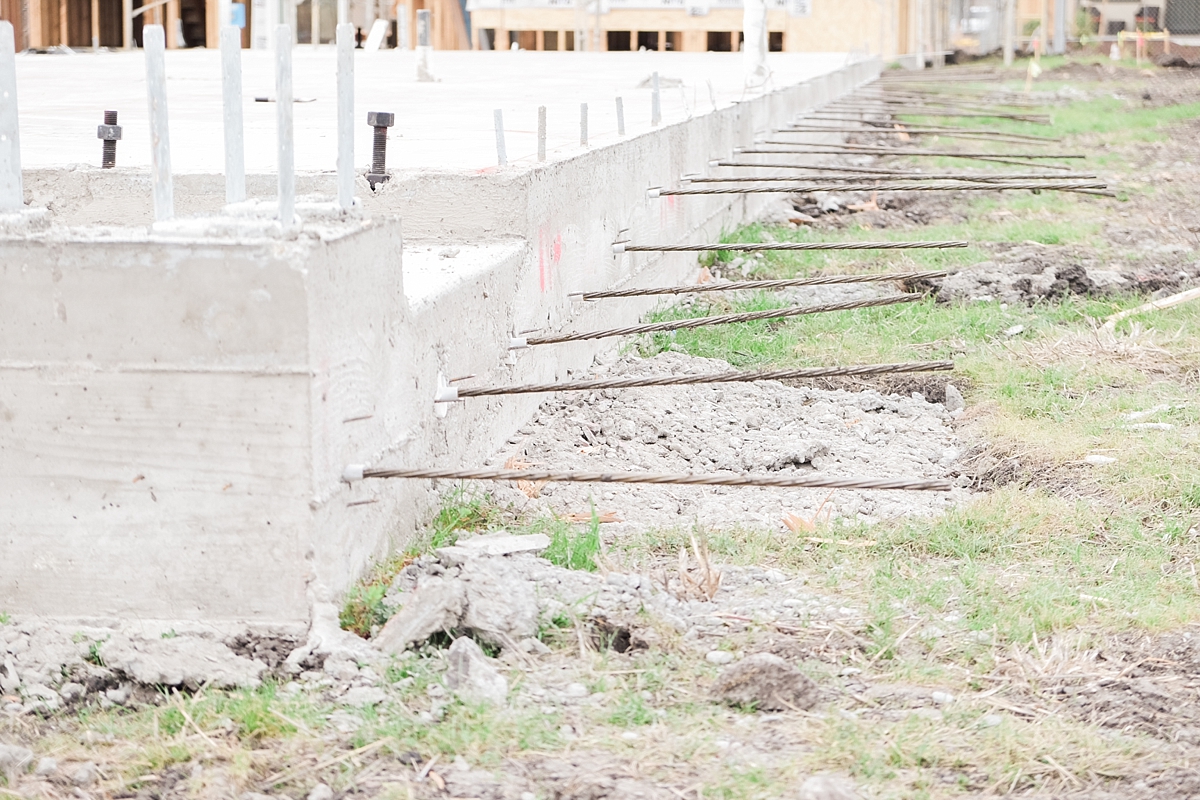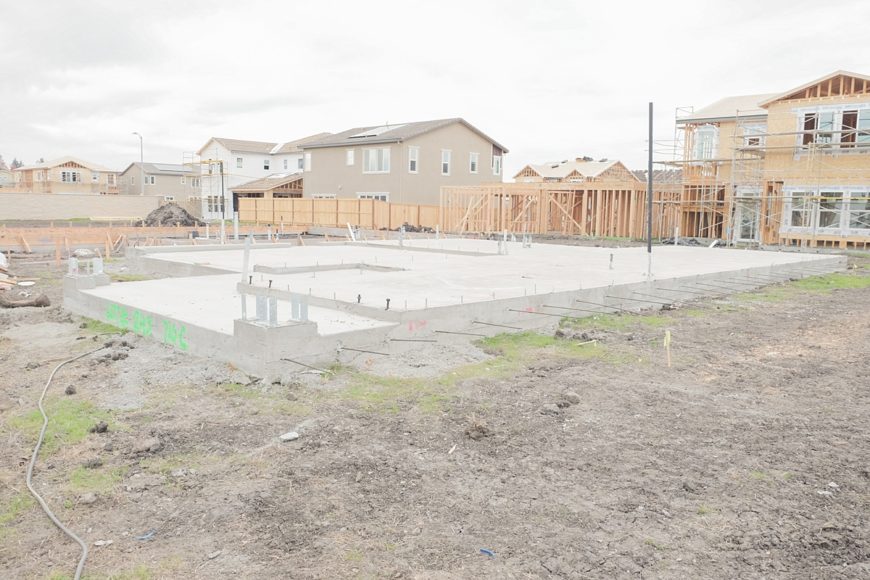So excited – we finally have a slab-on-grade foundation at our new house! Between our last visit and Christmas Eve, the construction crew already poured the concrete foundation. Concrete takes a few weeks to cure, and during this period there will be no activity on our lot. After the concrete is cured, the crew will apply a waterproofing membrane to the foundation walls; installs drains, sewer and water taps and any plumbing that needs to go into the first-floor slab; and backfills excavated dirt into the hole around the foundation wall.
When the curing process is complete, a city inspector visits the site to make sure foundation components are up to code and installed properly. The builder will then remove the forms and begin coordinating step 2, the framing phase.
Here is our front porch, front entrance, and the study. The 2-car garage is on the left side…
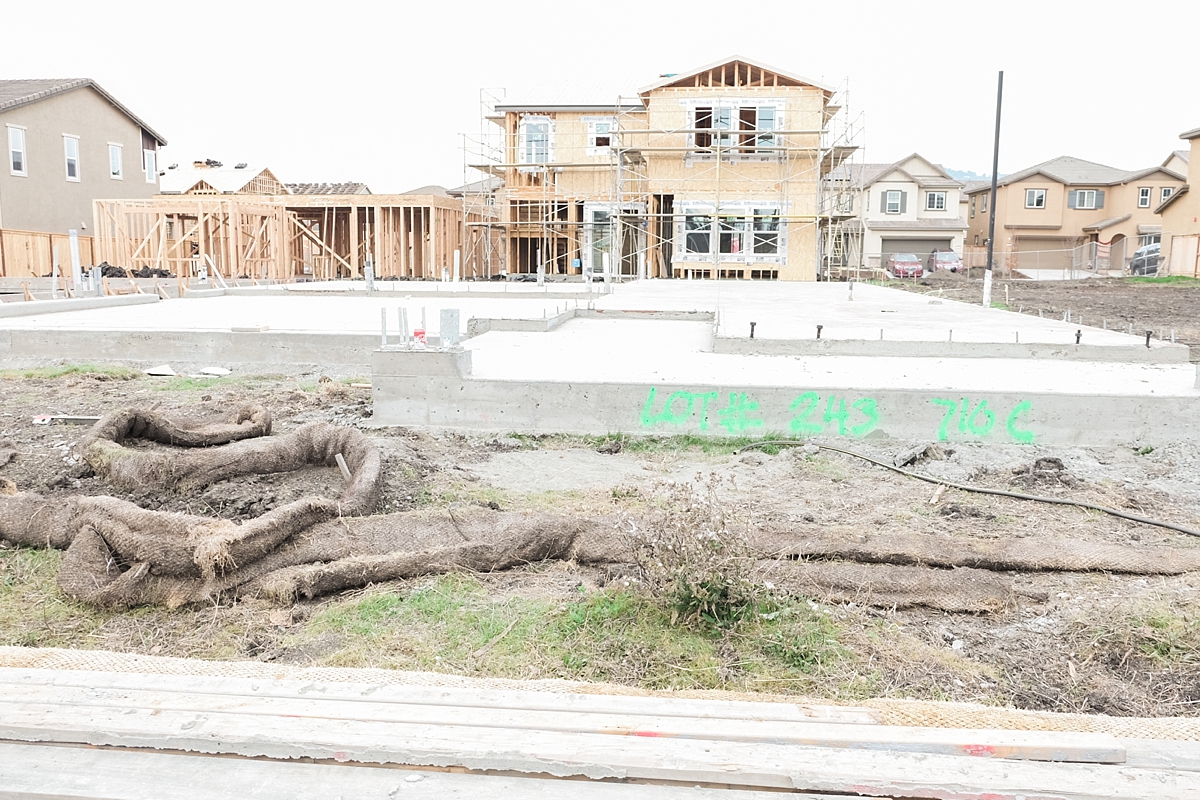
We can see the lot and plan number on the concrete foundation slab…
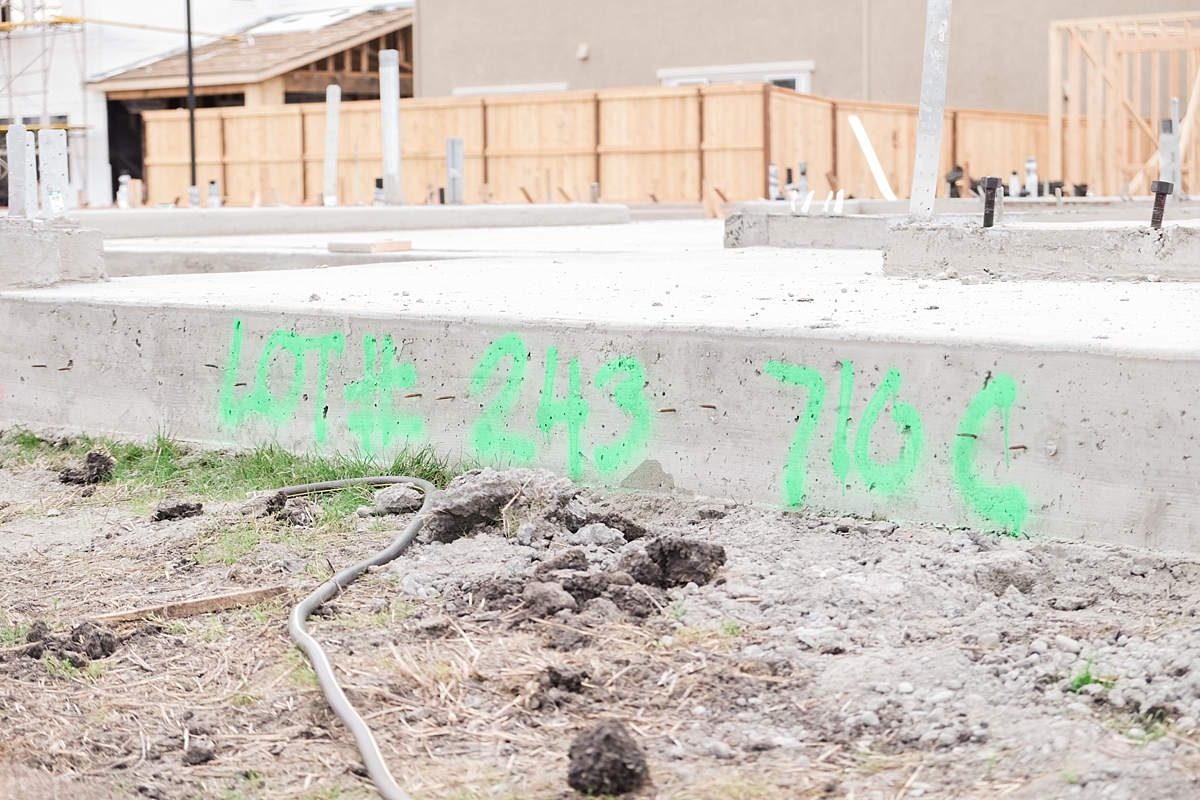
This is the garage, mud room and walk-in pantry…
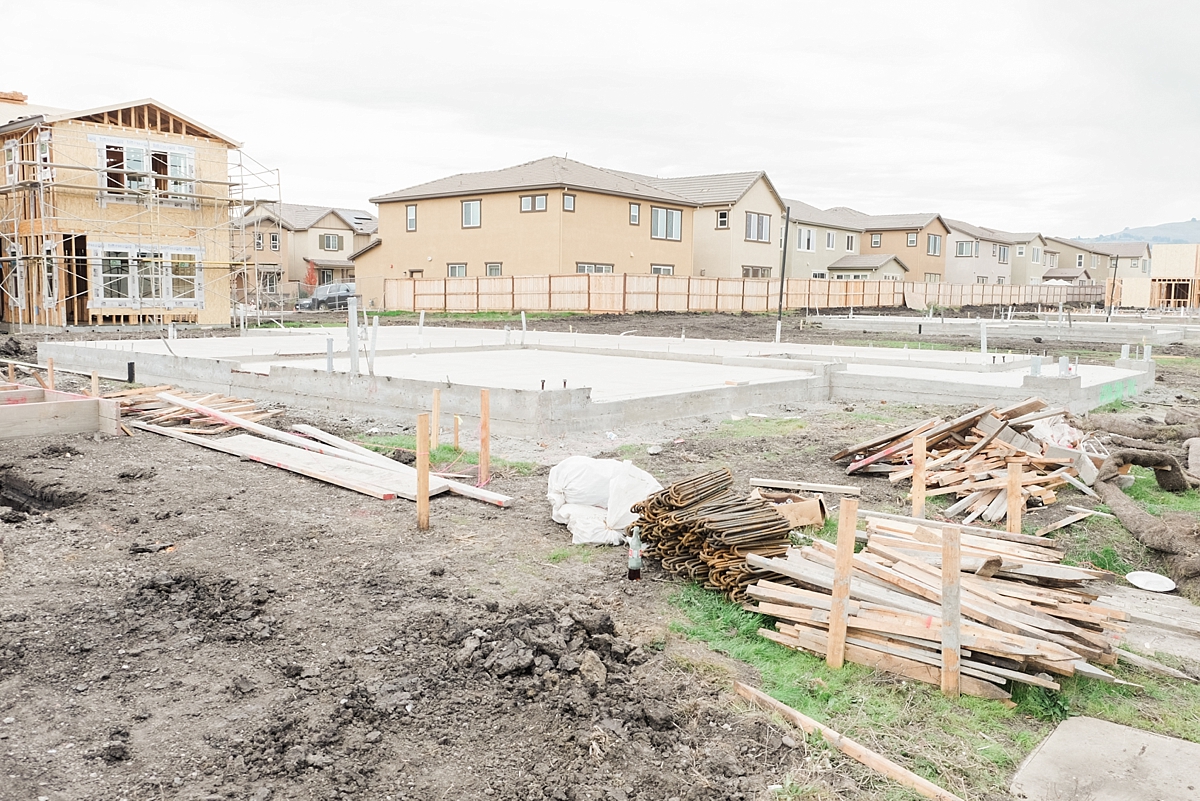
From left to right: the front porch, study, powder room, dining room and great room…
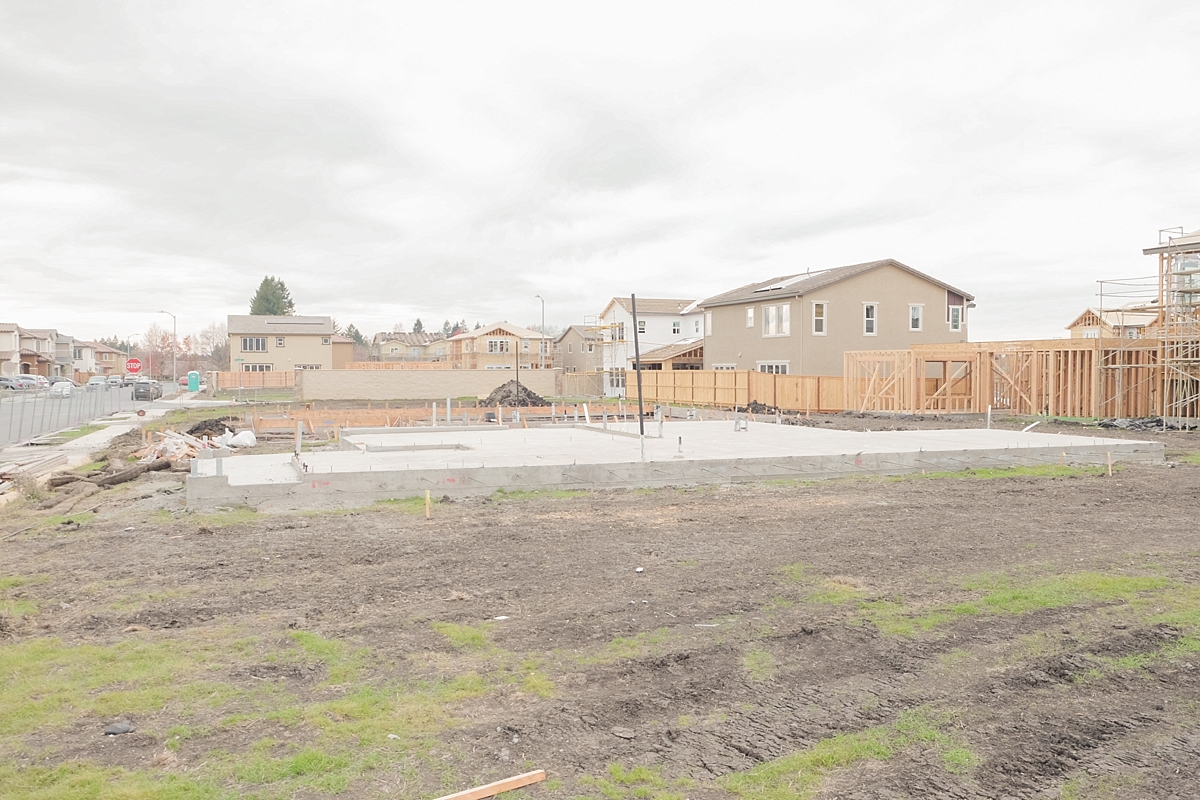
It’s so interesting to see some of our upgraded items listed on the concrete foundation… Yes, we are going to have a white barn door for the Master Bath! 🙂
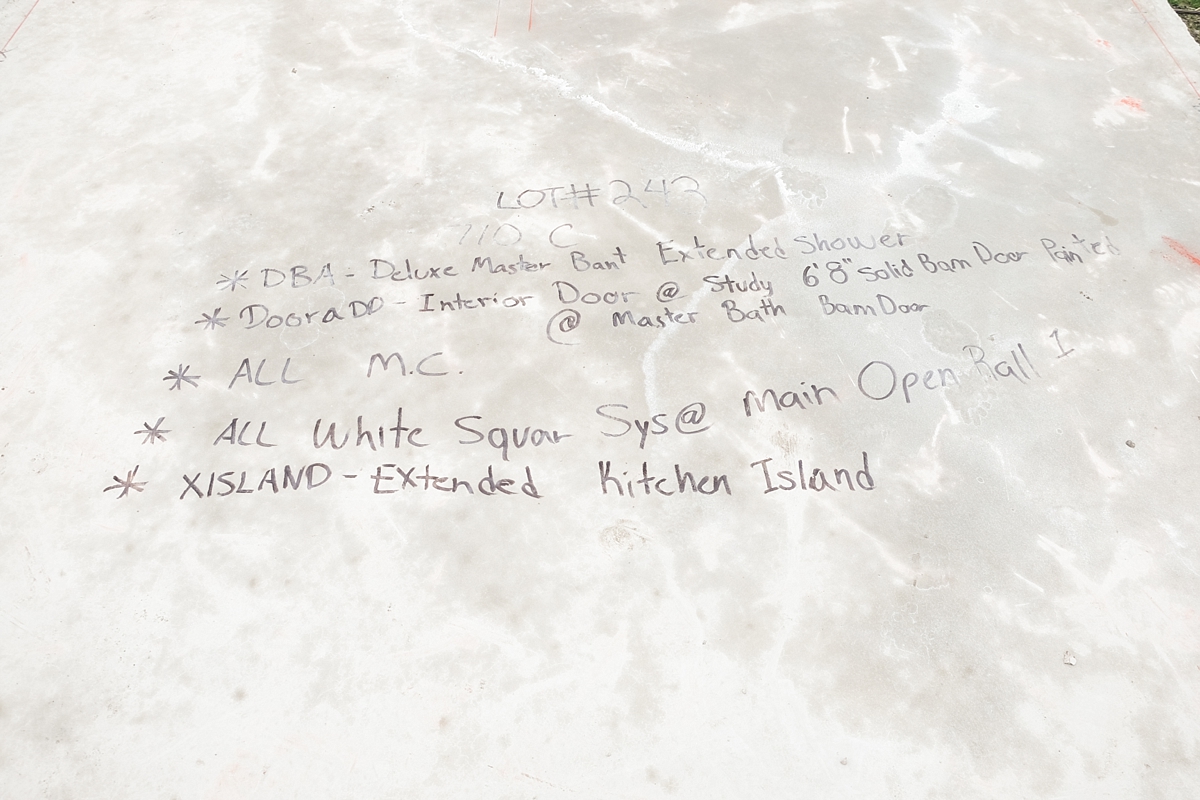
Plumbing on our kitchen island… I will be spending A LOT of time standing at this same spot doing dishes! 🙂
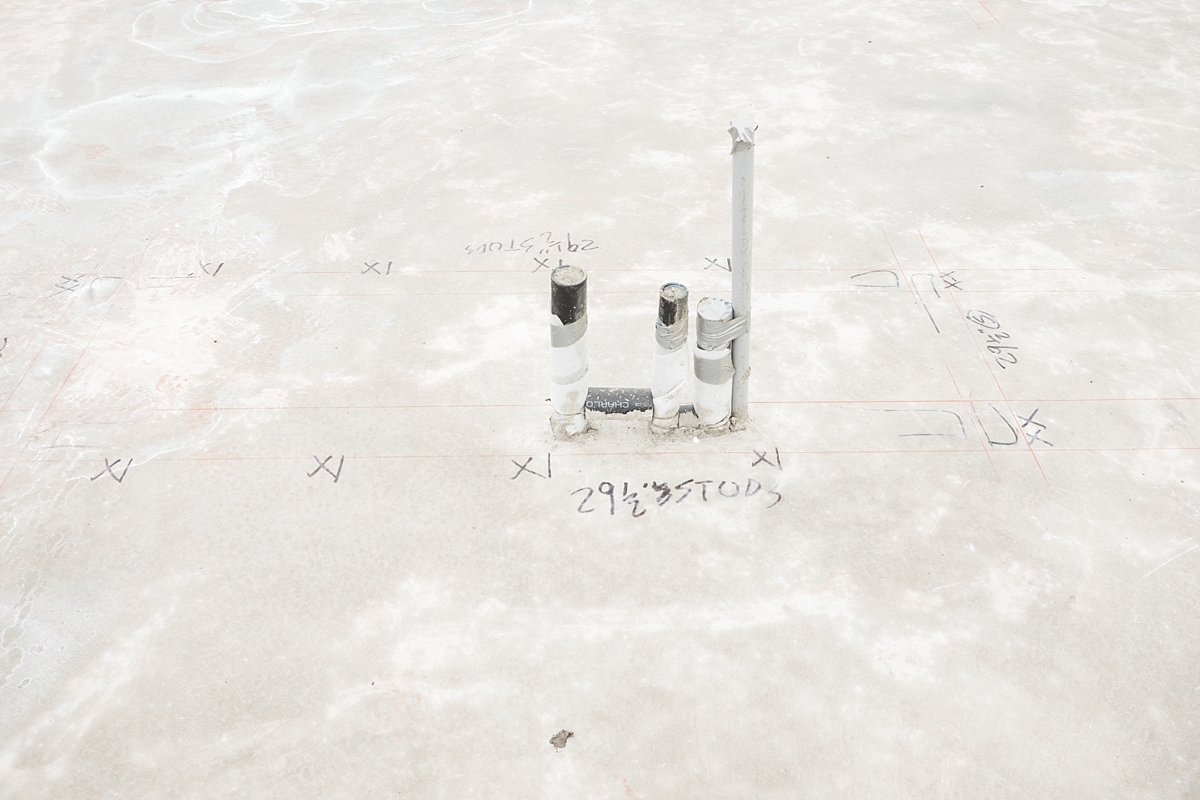
These are the largest screws we have ever seen!
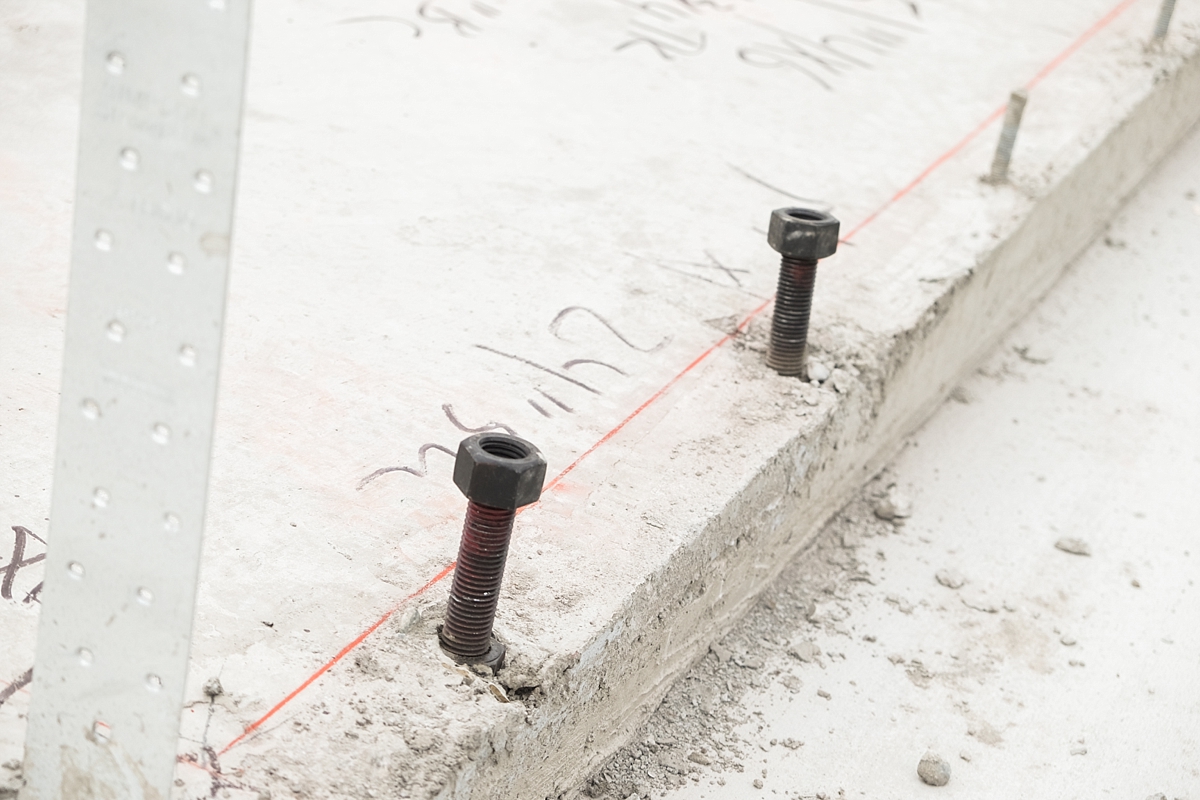
That’s a lot of rebars (aka reinforcing bars) – they are used as tension devices in reinforced concrete and reinforced masonry structures to strengthen and hold the concrete in compression. Concrete is strong under compression but has weak tensile strength. Rebars significantly increase the tensile strength of the structure. Rebars’ surfaces are often patterned to form a better bond with the concrete.
